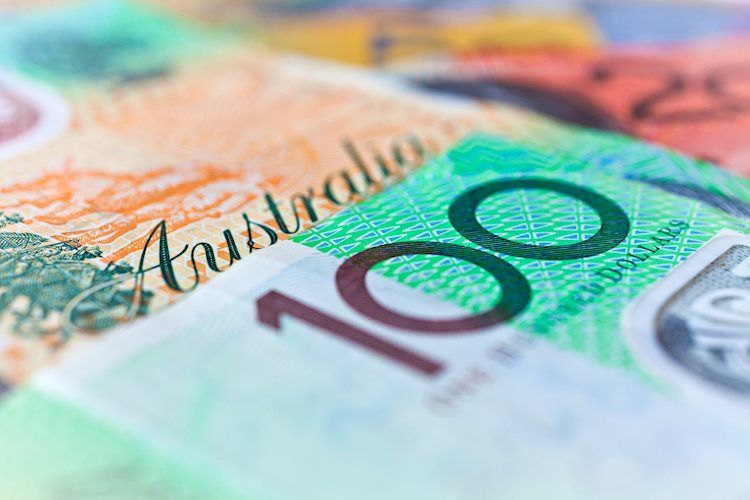The Australian Dollar (AUD) has been making gains against the US Dollar (USD) as the Reserve Bank of Australia (RBA) is expected to maintain a hawkish stance on its policy outlook. The AiG Industry Index improved slightly in September, signaling contraction for the 29th consecutive month. Meanwhile, the US Dollar has received support from market caution due to rising tensions in the Middle East.
The AUD/USD pair has been retracing its losses from the previous session, supported by the RBA’s hawkish interest rate trajectory and China’s stimulus measures. The AiG Industry Index rose 4.9 points to -18.6 in September, while the AiG Manufacturing PMI declined to -33.6, marking the lowest level in trend terms since the series began.
The US Dollar has received support from geopolitical tensions in the Middle East, with Iran launching ballistic missiles at Israel prompting retaliation threats. Despite this, the market is cautious, which has benefited the USD. The CME FedWatch Tool indicates a 63.1% probability of a 25 basis point rate cut by the Federal Reserve in November.
Technical analysis of the AUD/USD pair shows that it is attempting to reintegrate into the ascending channel, indicating a bullish bias. The 14-day Relative Strength Index (RSI) remains above 50, supporting the ongoing bullish sentiment. Resistance for the pair lies near the upper boundary of the channel around 0.7000, while support is at the nine-day Exponential Moving Average (EMA) at 0.6869.
Factors influencing the Australian Dollar include interest rates set by the RBA, the price of its largest export, Iron Ore, the health of the Chinese economy, inflation, growth rate, and Trade Balance in Australia. The RBA plays a crucial role in the AUD’s value by adjusting interest rates to maintain stable inflation rates. China’s economy is a major influencer as Australia’s largest trading partner, impacting demand for the AUD.
Iron Ore prices also influence the AUD as it is Australia’s largest export, with China as its primary destination. Higher Iron Ore prices lead to increased demand for the AUD, while lower prices have the opposite effect. Additionally, the Trade Balance, which measures the difference between exports and imports, can impact the AUD. A positive Trade Balance strengthens the AUD, while a negative balance can weaken it.
In conclusion, the Australian Dollar has been gaining ground against the US Dollar, supported by the RBA’s hawkish stance and China’s stimulus measures. The US Dollar has received support from market caution amid rising tensions in the Middle East. Technical analysis suggests a bullish bias for the AUD/USD pair, with resistance near 0.7000. Factors such as interest rates, Iron Ore prices, the Chinese economy, and the Trade Balance influence the value of the Australian Dollar.



























